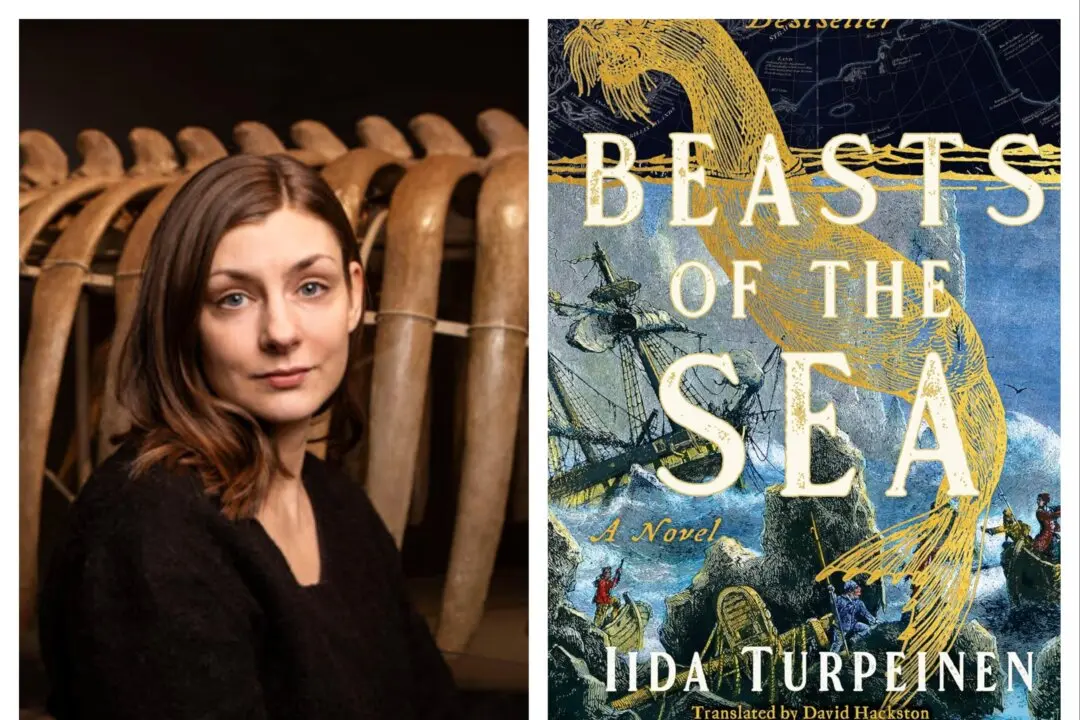A Thanksgiving without a turkey is like a Christmas without a tree.
George Washington noted that it was “the duty of all Nations to acknowledge the providence of Almighty God, to obey his will, to be grateful for his benefits, and humbly implore his protection and favor.” This was stated at the beginning of his Thanksgiving Day proclamation, which he issued on October 3, 1789. Through the proclamation, Washington assigned the country’s first Thanksgiving Day to take place Nov. 26 so that Americans as a whole could “unite in rendering unto him our sincere and humble thanks.”






